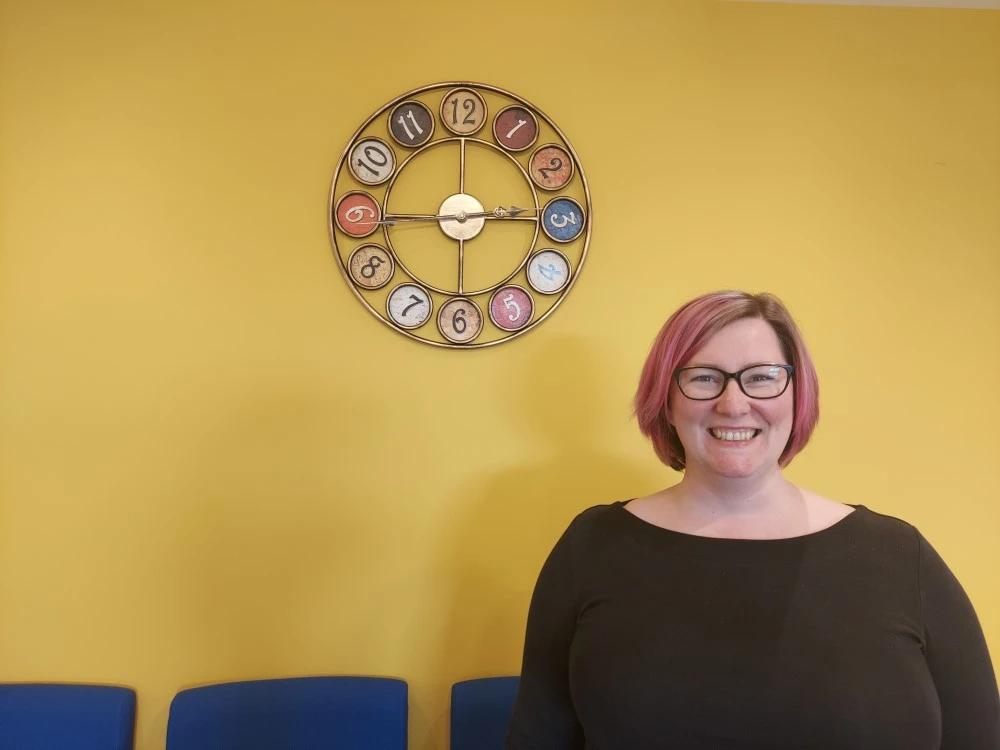The UN International Day of Women and Girls in Science on February 11th is an annual day celebrated across the global scientific community. The day aims to raise awareness about gender disparities in...
Women Leaders in Science Digital Summit: What do women in STEM feel is important to increase female representation in their sector
Women In Science

Mar 23, 2023 | Published by Yvonne MacLeod
Women In Science
Over the last couple of months, we have celebrated both the United Nations International Day of Women and Girls in Science (11th February) and the United Nations International Women’s Day (8th March). Every year, I hear the need for these days being questioned – why do we need to have special days to celebrate women and specifically women in science? Lab Manager's Women Leaders in Science digital summit provided some insight into why these days are so important.
Women make up only 27% of the STEM workforce, which seem at odds with the fact that women constitute 49.5% of the world’s population. Women are eminently capable of working and succeeding in STEM careers, so why do we make up such a small proportion of the field? The recurring themes across the presentations at the summit were role models and diversity.
If you ask a child to draw a picture of a scientist, they are more likely now to draw a female figure than in the past, more so if that child is a girl. Everyone wants someone they can look up to. Someone who looks like them, or who comes from a similar background helps promote the idea that they can do a particular job or play a particular sport. I knew I wanted to work in STEM at a young age. Although my school sciences teachers were men, I could still find examples of strong, intelligent women in STEM through books, Kathy Reichs and Patricia Cornwell spring to mind, and TV shows like CSI and NCIS – Abby Sciuto was (maybe still is) everything I wanted to be when I grew up!
It doesn’t stop with getting young girls interested in STEM though, we still need role models once we have started our journey in our chosen field. Beyond entry level roles, the discrepancy between men and women widens. According to the research of Klaudia Kożusznik and Karolina Sulich 61% of women felt that the lack of females in senior roles had negatively impacted their progress and 59.2% said the lack of a role model delayed their career advancement.
But what benefit is there to having more women in these senior roles, beyond providing someone for others to look up to? The answer is diversity (no, not the dance group!). Diversity means having a range of people with various racial, ethnic, socio-economic, and cultural backgrounds, and various lifestyles, experiences, and interests. Studies have shown that the most successful businesses are those with the greatest diversity in the workforce. Increased diversity leads to increased creativity and innovation, both of which are critical in ensuring further advancement in science. For a business to thrive, it needs to have a range of opinions and experiences. The best decisions I’ve seen being made have been the result of debate and discussion between people with different perspectives. One school of thought and working in an echo chamber is unlikely to raise new thoughts and ideas to help businesses evolve in this ever-changing world.
It was certainly interesting to hear the experiences of successful women from different areas within STEM. I hope that I and my many female colleagues at Broughton can be seen as role models for girls and women joining the industry now, and in the future.

.png?height=200&name=IWD%20Blog%20Image%20(1080%20x%20540%20px).png)
